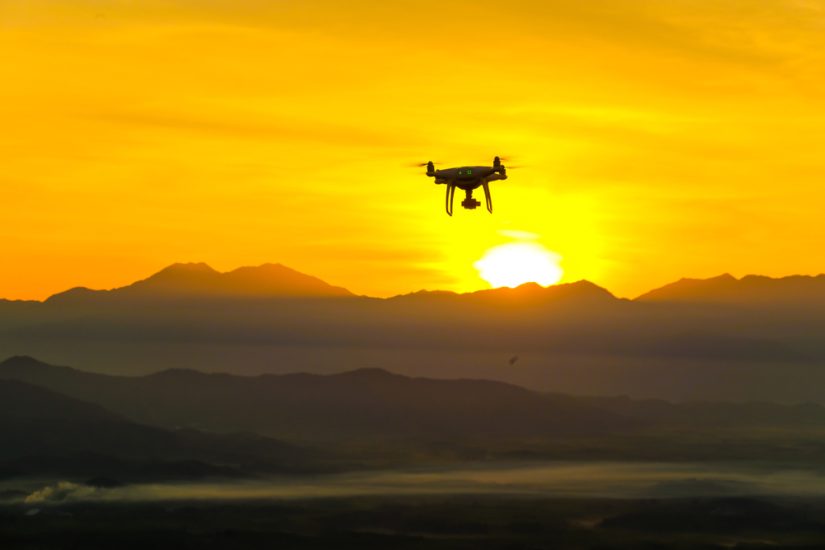According to an article published by Avfoil, “new research to count and analyse close calls between aircraft and drones has recommended extending the exclusion zone around “high-risk” runways to 3.5 miles.”
“The current exclusion zone is around one mile,” says the article. “Researchers said that most close calls happen within 1.5 miles of a runway approach or departure zone. Ryan Wallace, associate professor of aeronautical science at Embry-Riddle Aeronautical University, said: “That modification would provide enhanced protection for piloted aircraft operating at less than 500 feet above ground level during approach or departure. Typically, small uncrewed aircraft don’t fly above 400 feet.”
“Up to this point, information about narrow escapes between drones and aircraft has been based on subjective reports from pilots who are trying to identify and evade drones at the same time. The FAA received 2,596 pilot reports in 2021, which represents over a 100% increase on the 1,210 reports during the first full year of tracking in 2015.
“Now in a study published by the Society of Automotive Engineers in its International Journal of Aerospace there is a new way to track and understand incidents. Researchers from Embry-Riddle and Unmanned Robotic Systems Analysis (URSA) looked at more than 1.8m piloted aircraft operations and nearly 460,000 flights by sUAS around Dallas-Fort Worth International Airport. Between August 2018 and July 2021, researchers identified 24 near-midair collisions in which drones came within 500 feet of piloted aircraft.
“To develop a new method of counting and analysing close encounters between aircraft and drones, without solely depending on pilot sightings, researchers analysed sUAS and aircraft telemetry data collected using an UAS detection device connected to an antenna on top of Dallas Fort Worth’s Terminal C concourse. The device captured telemetry, altitude, launch location, and other details, for each sUAS within a 30-mile radius.
“That information was then combined with automatic dependent surveillance-broadcast (ADS-B), as well as Mode S messages transmitted by aircraft and tracked by the OpenSky Network. To visualise the results, all information was fed into URSA’s proprietary data analytics software, Airspace Awareness Platform. Wallace added: “We hope that our findings will help improve aviation safety by reducing the risk of collisions between unmanned aircraft systems and piloted aircraft operating in the National Airspace System.”
“Across all of the near-midair collisions, the average lateral distance between the drone and the airplane was about 215 feet. Commercial air carriers were involved in 11 incidents, while seven incidents involved helicopters and six involved general aviation aircraft. All of the helicopter encounters happened within 1.25 miles of a heliport. Similarly, in 10 of the 11 air carrier encounters, the aircraft was within 1.5 miles of approach or departure and lower than 500 feet above the ground.
Scott Winter, associate professor of graduate studies, associate dean for research and a co-author of the research article, said: “Operations within the vicinity of an airport are critical flight phases for pilots with high workload levels. It is within these areas where aircraft have added susceptibly of a collision with sUAS. The findings from this study provide objective data for operators, government agencies, and airlines to understand sUAS operations better and prevent possible conflicts,” according to Avfoil.
(Image: Shutterstock)
For more information visit:
www.avfoil.com




